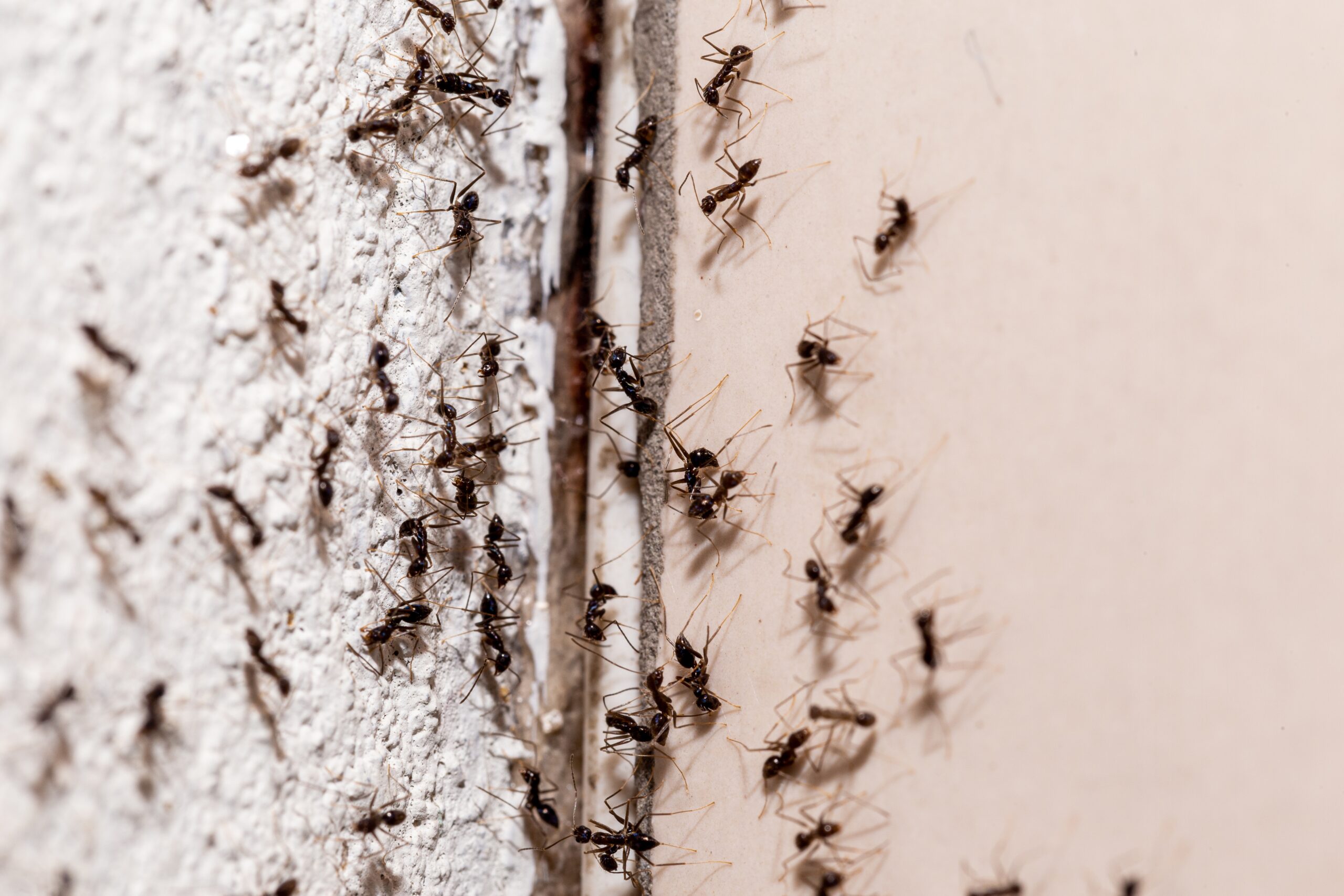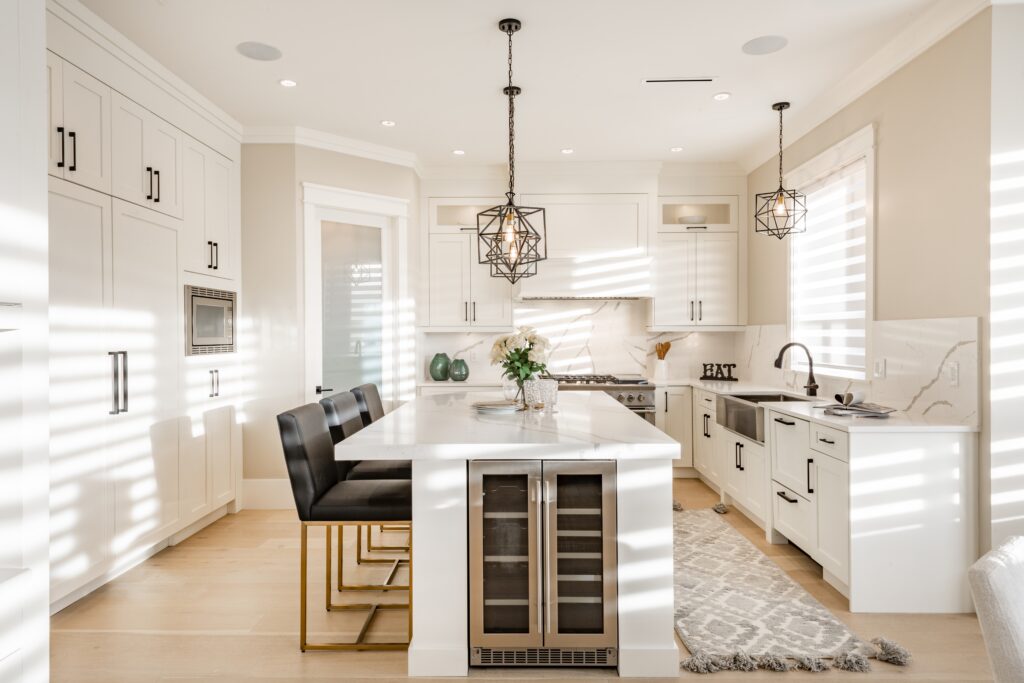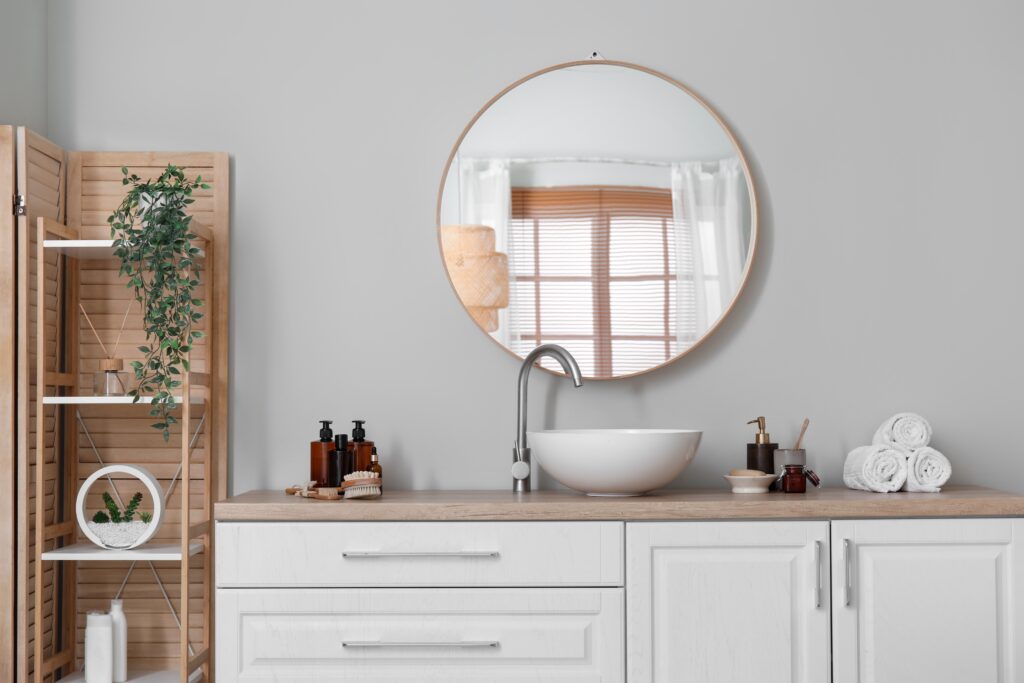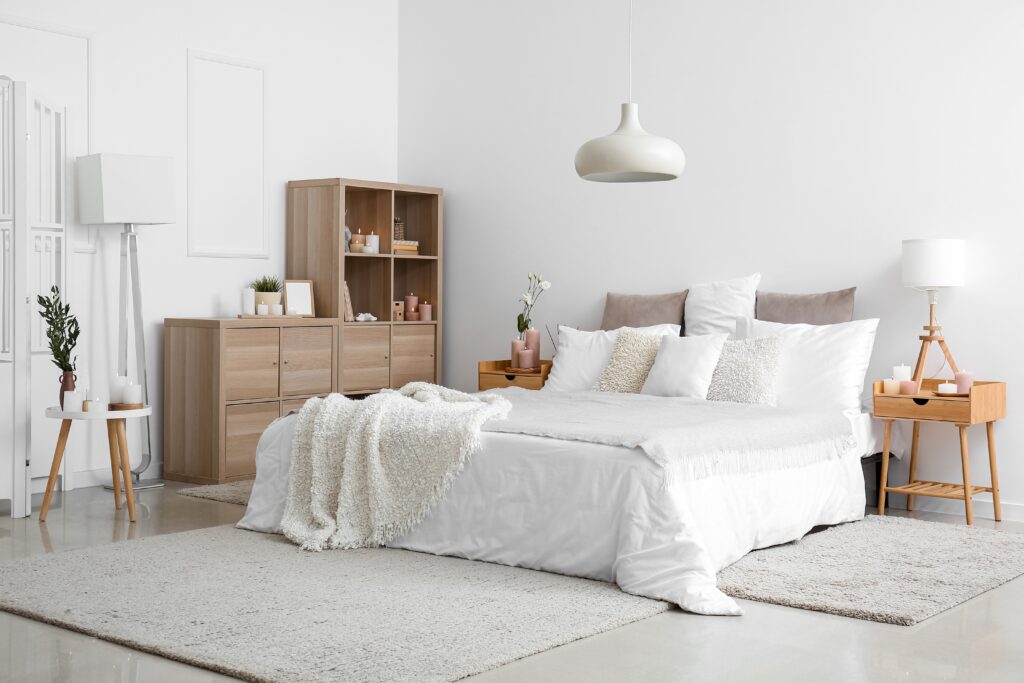Ant infestations are one of the most frustrating, yet entirely commonplace, experiences that homeowners share. There are two main reasons for this. One, ants are an extremely common pest across the country. They are able to survive a variety of climates and elevations, and they overcome harsh weather by taking shelter in homes and buildings. Two, there are about 1,000 known ant species in the U.S. alone, causing every region to have their own common species.
With this in mind, it’s easy to see why ant infestations are frequent problems for homeowners. Every ant species has its own preferences and abilities, but there are many spots in each home that are frequently invaded by ants in every season. If you see a trail of ants marching through your home, chances are good that there is a nearby ant colony yearning to steal your food. Let’s take a look at the common “hotspots” of ant infestations and see why these pests prefer certain areas of our homes to others.
Kitchen
When we said the word “ants,” the kitchen probably popped into your mind as the most common site for an infestation, right? This is a perfectly logical answer due to the number of times we see a horde of hungry ants marching towards any food they can get their tiny hands on. The kitchen has everything ants need — food, water, and shelter — in one place. Depending on the layout of your house, this is also one of the easiest places for them to enter from the outside due to the location of the windows, front door, and outdoor plants.
The major hotspots for ant infestations in the kitchen include the:
- Trash can
- Sink
- Pantry
- Area under the sink
- Counters
- Windowsills
- Space under the appliances
There are many ways to prevent ants from taking over your kitchen, but two of the most important to focus on are food storage and cleanliness. All opened food that is stored in the pantry or on the counters should be kept in airtight containers with strong lids. The key foods in this area are baking essentials, chips, bread, and pet food. As for cleanliness, make sure to wipe up all crumbs and spills as soon as possible with an antibacterial cleaner. The longer that spills sit, the more likely they are to attract ants.
Bathroom
While this room doesn’t have the food that ants are looking for, it still has the excessive moisture and warmth they crave. Between the shower, sink, and toilet, ants will not be hard-pressed to find water in the bathroom. If a laundry hamper or basket is kept in the bathroom, ants can curb their hunger on any food stains left on the dirty clothes. You may be surprised to learn that the most common bathroom ant is also the most unique: the carpenter ant! Since these pests can only invade damaged wood, they will make quick use out of any moisture damage here, such as under the tile or in the wood.
The most common places to see an ant infestation in the bathroom include:
- Behind the toilet
- In the sink
- Behind the tile
- In the shower and/or tub
- In the cabinets
- In the drawers
- Near the laundry hamper/basket
If you eliminate excess moisture in the bathroom, you will subsequently remove the ants’ main attractant. Check the room often for any leaks or moisture damage, especially if you recently experienced plumbing issues. Make sure any damages are repaired ASAP. Also, try not to allow water to pool up around the sink and shower. Some bathrooms don’t have the best drainage, so this can be easier said than done. By mopping up any water puddles left after getting ready, you reduce the risk of seeing ants or other pests (roaches, house centipedes, etc.) using them as their own watering holes.
Living Room
The living room (or family room, depending on what you call it) is often the hub of activity in a home. Movie viewings, parties, casual meals, and game nights are popular ways to make use of the space, but these fun events can unfortunately lead to ants if there are a lot of leftover crumbs. If the walls or ceiling have moisture damage from a major storm, carpenter ants will make quick use of that as well. Ants are also drawn to electronic appliances, like televisions and video game consoles. There are two prevailing theories for why that is: they like the heat, or they use any electrical shocks to release pheromones to the rest of their colony.
The main hotspots for ant infestations in the living room include:
- In wall voids
- Under the TV
- Near the windows
- Around the coffee table
- Near the sliding door or side door
- On the walls
- Near electrical outlets
Similar to the kitchen, immediately cleaning all crumbs and spills will greatly help to prevent ants from invading the living room. Any sliding doors and windows in this room should be inspected on a regular basis to ensure there aren’t any gaps that ants could waltz right through. Check the screens of each door and window for tears and rips, especially if you prefer to open them a lot. Small imperfections can be patched with extra mesh, but screens with a lot of gaps should be replaced.
Bedroom
Since many houses have unique floor plans, the number and location of bedrooms vary with each home. Some have bedrooms on both ends of the house, while others contain bedrooms that are right next door to one another. No matter the layout, bedrooms attract ants more often than you may think. These pests have plenty of hiding spaces to choose from here, so they can remain unseen while they search for food and water sources. Speaking of which, people who enjoy a midnight snack in bed (we don’t judge) have a higher risk of attracting ants with any leftover crumbs and spills.
The most common hotspots for ant invasions in a typical bedroom include:
- In the walls
- Behind or on the nightstands
- Under the bed
- Near windows, sliding doors, and side doors
- Under the floorboards
- In the closet
- Near the bedroom door
The best ways to prevent ant invasions in the bedroom are similar to those of the previous rooms. Try to limit the amount of food and sugary drinks you bring in here, and make sure that there aren’t any crumbs left in the bed or on the floor. Also, check the window for any signs of wear and tear that could allow ants inside. Any damage on the window frame, windowsill, and screen should be repaired as soon as possible. Inspect the walls and ceiling for moisture damage, especially in hidden places like the closet.
The Walls
Finally, we have arrived at the place that is not a room but is still a common hotspot. Similar to other pests, ants prefer to remain unseen (they aren’t the best at this) and try to keep their group contained to the shadows. This is especially true for wall voids that are connected to the kitchen and other rooms with food sources. Some ant species — odorous house ants — can survive entirely indoors, but most prefer to keep their nest outdoors and enter when they need food and water.
The typical features and parts of walls that act as ant infestation hotspots include:
- In wall voids
- Behind baseboards
- Near insulation
- Behind the molding
- Near electrical outlets
- In and on windowsills
- In doorframes
Since ants prefer to invade through cracks and weak spots, it’s essential to check your walls for any damage and make the repairs immediately. Carpenter ants in particular will invade damaged walls and further harm them by carving their intricate tunnels into the wood; if you knock on the wall and it sounds hollow, it could be the work of carpenter ants. The walls of a home are meant for holding photographed memories, not an entire ant colony!
Pointe Kicks Ants to the Curb
Whether you’re starting to notice the beginning signs of an ant problem or you have a full-fledged invasion on your hands, Pointe Pest Control is here to help! Our team of local pest experts are dedicated to solving every pest issue with the utmost efficiency and care. We begin every service with a full inspection to analyze the situation and determine the species involved, then create a treatment plan that is completely customized to treat the specific ant issue at hand. Since all of our products are completely safe for people and pets, you don’t have to worry about toxic chemicals contaminating your home throughout the process. We look forward to keeping your home ant-free in every season, so contact us today for a free estimate on our efficient services!
Citations
9 signs of ant infestation in house. (2023, December 13). Diesel Plus. Available at https://www.diesel-plus.com/9-signs-of-ant-infestation-in-house/ (Accessed on January 22, 2024).
Hope, P. (2022, April 29). How to get rid of ants. Consumer Reports. Available at https://www.consumerreports.org/home-garden/pest-control/how-to-get-rid-of-ants-in-the-house-a3627053544/ (Accessed on January 22, 2024).
How to find where ants are coming from. (2021, March 8). Maggie’s Farm. Retrieved January 22, 2024, from https://maggiesfarmproducts.com/blogs/bug-help/find-ant-nests
McCue, H. (2023, July 19). How to get rid of ants in the house. Good Housekeeping. Available at https://www.goodhousekeeping.com/uk/house-and-home/household-advice/a665188/best-pest-advice-ants/ (Accessed on January 22, 2024).
Where do ants hide?. (n.d.). Pest World. Retrieved January 22, 2024, from https://www.pestworld.org/news-hub/pest-articles/where-do-ants-hide/









